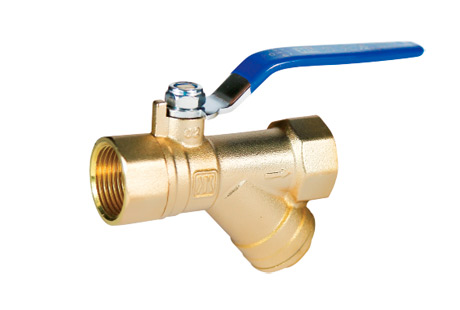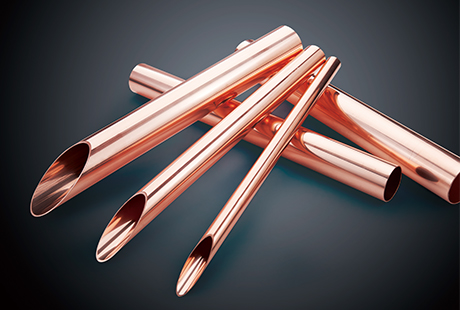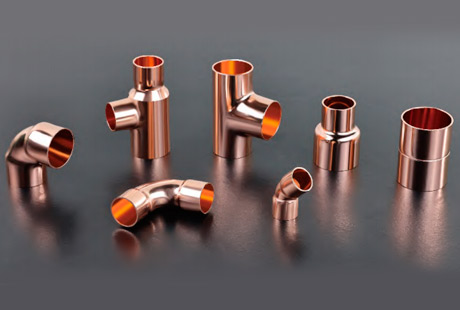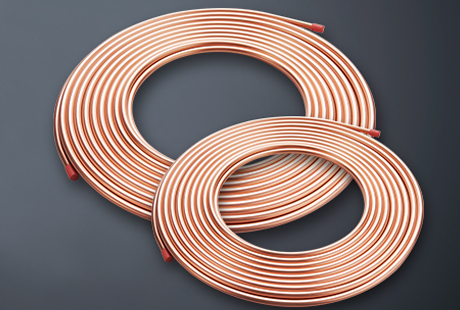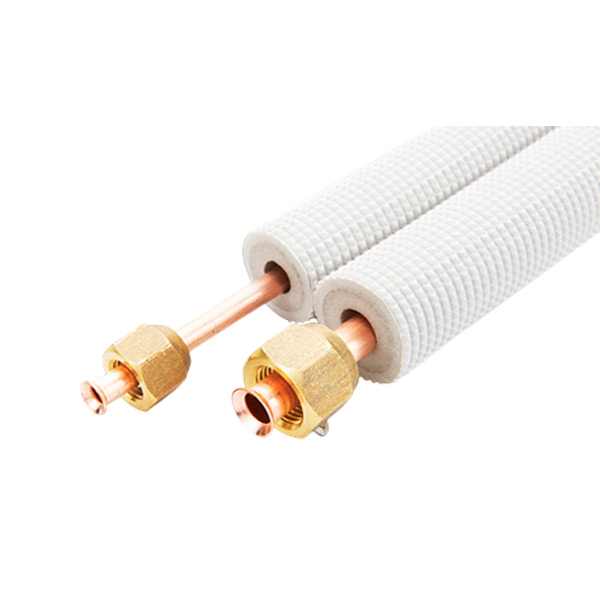Magnet wire connectors play a crucial role in electrical systems, ensuring efficient and reliable connections for various applications. Whether you are an electrician, engineer, or simply someone interested in understanding more about magnet wire connectors, it is essential to be aware of the safety considerations and standards surrounding these connectors.
In this blog, we will explore the importance of safety when using magnet wire connectors and highlight the industry standards that govern their design and performance.
The Importance of Safety in Magnet Wire Connectors
Safety should always be the top priority when working with electrical systems, and magnet wire connectors are no exception. Faulty or poorly made connectors can result in hazardous conditions, including electrical shock, equipment failure, and even fire. It is crucial to choose high-quality magnet wire connectors and ensure they are properly installed to minimize the risks associated with electrical connections.
Industry Standards for Magnet Wire Connectors
To ensure the safety and reliability of magnet wire connectors, several industry standards have been established. These standards set guidelines for the design, materials, and performance of connectors, ensuring they meet minimum safety requirements. Some of the most common standards for magnet wire connectors include:
- UL Standard 486B: This standard covers the requirements for wire connectors used in wiring systems with copper conductors. It includes tests for current-carrying capacity, mechanical strength, and insulation resistance to ensure adequate performance under various conditions.
- IEC 60998 (formerly IEC 998): The International Electrotechnical Commission (IEC) standardizes the requirements for connecting devices like wire connectors. This standard provides guidelines for mechanical and electrical characteristics, as well as testing procedures for verifying compliance.
- NEMA WC 5: Another significant standard for magnet wire connectors is published by the National Electrical Manufacturers Association (NEMA). WC 5 covers the requirements and test methods for wire connectors used with magnet wire.
Complying with these standards ensures that magnet wire connectors meet a baseline level of safety and performance. When purchasing connectors, it is important to verify that they meet the appropriate standards for your specific application.
Best Practices for Using Magnet Wire Connectors
While choosing compliant magnet wire connectors is essential, additional safety measures should be followed during installation. Here are some best practices for using magnet wire connectors:
- Proper Wire Stripping: Ensure the magnet wire is appropriately stripped before inserting it into the connector. Leaving insulation or exposed wire strands can lead to unreliable connections or short circuits.
- Secure Connections: Follow the manufacturer's instructions for properly securing the magnet wire within the connector. Loose connections can result in heat generation and possible equipment damage.
- Adequate Insulation: Verify that the magnet wire connectors provide sufficient insulation to prevent accidental contact with live wires. This is especially important in applications where voltage levels pose a safety hazard.
Magnet wire connectors are integral to electrical systems, providing reliable and safe connections. Understanding the importance of safety considerations and adhering to industry standards is essential for ensuring the proper installation and performance of these connectors. By choosing high-quality connectors and following best practices during installation, you can contribute to a safer electrical environment.

 English
English 日本語
日本語 한국어
한국어 français
français Deutsch
Deutsch Español
Español italiano
italiano العربية
العربية tiếng việt
tiếng việt Türkçe
Türkçe ไทย
ไทย 中文
中文
